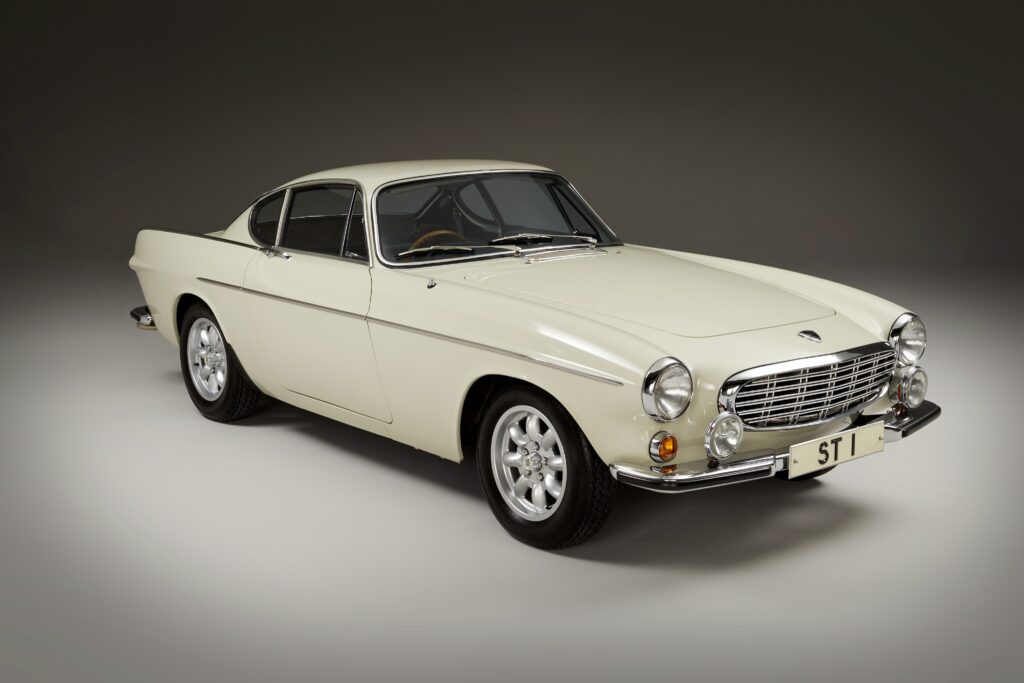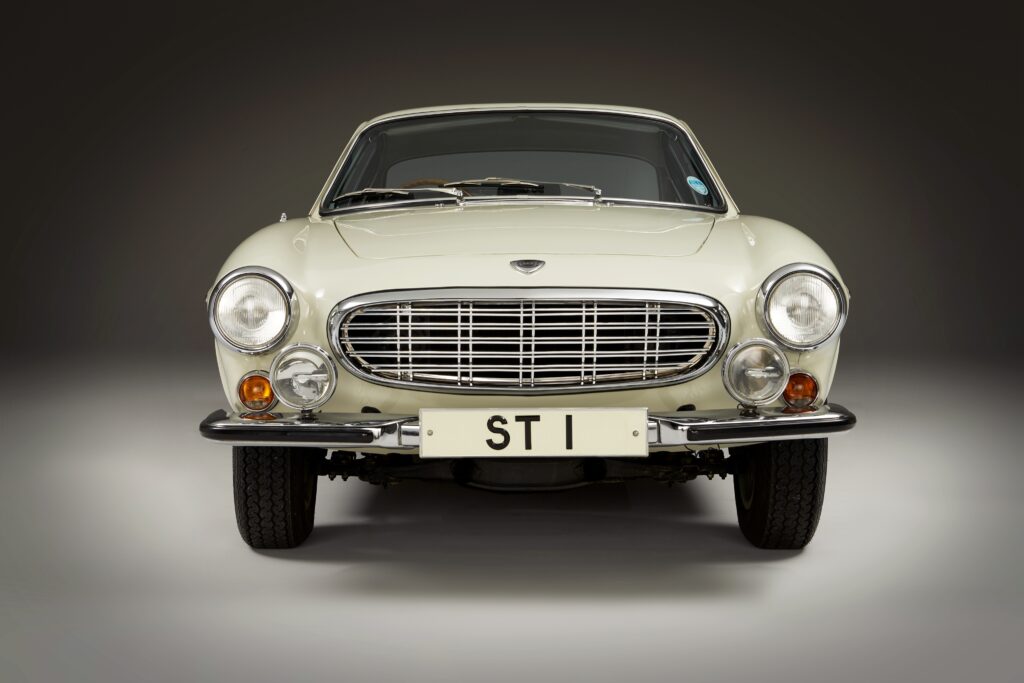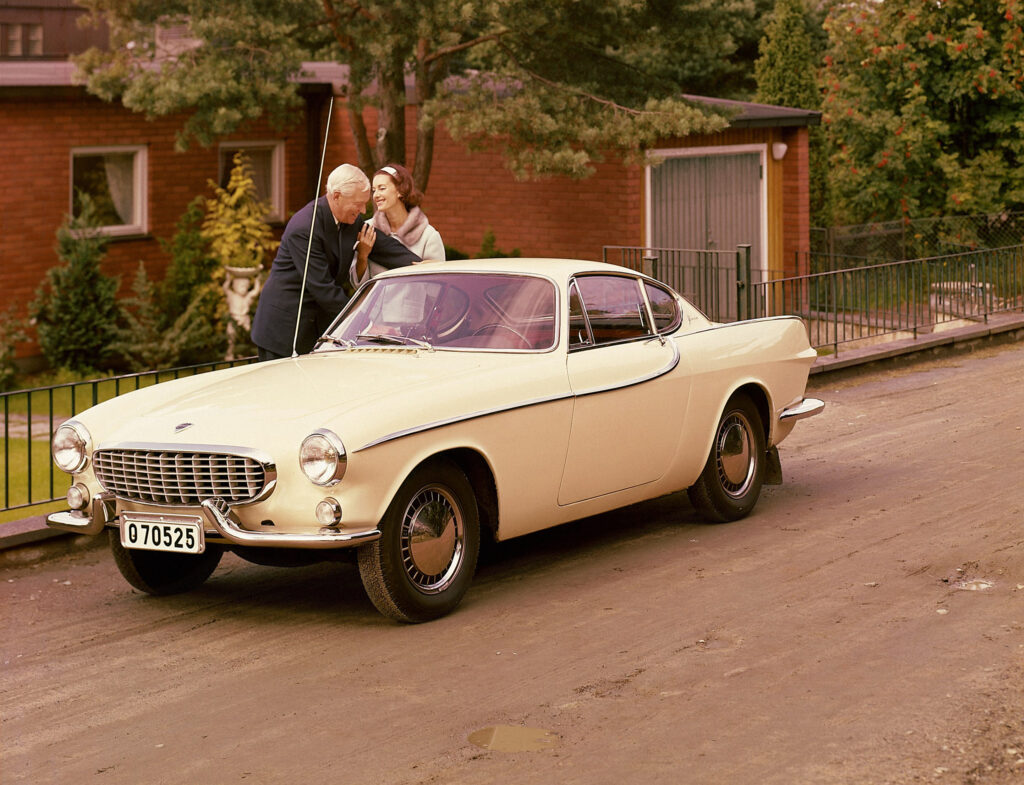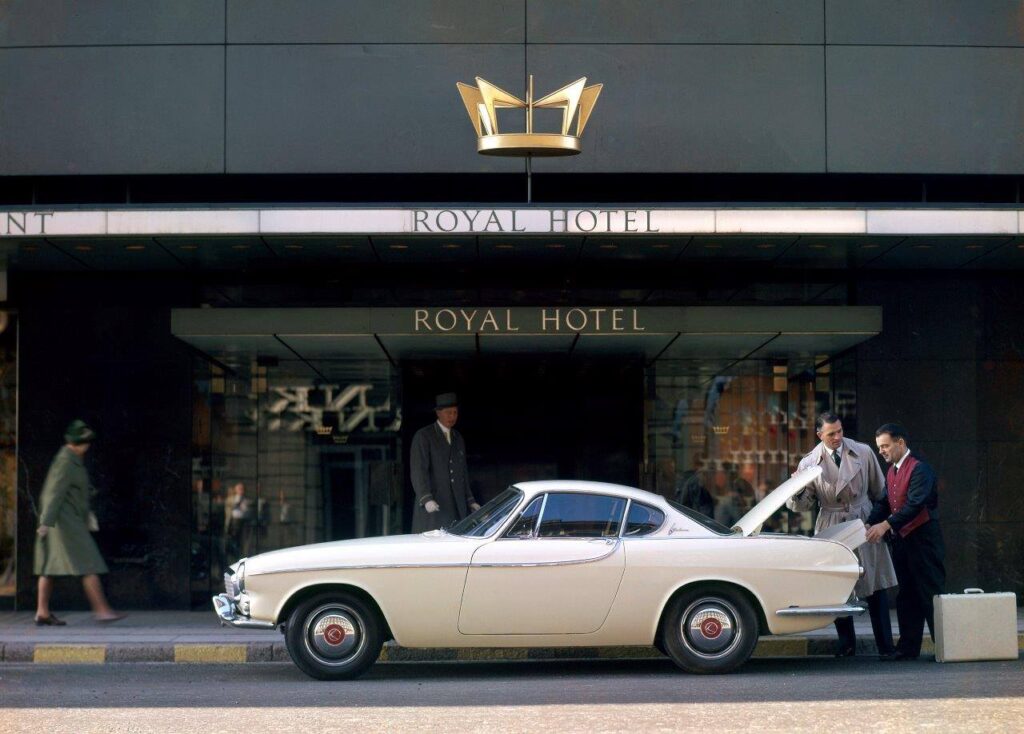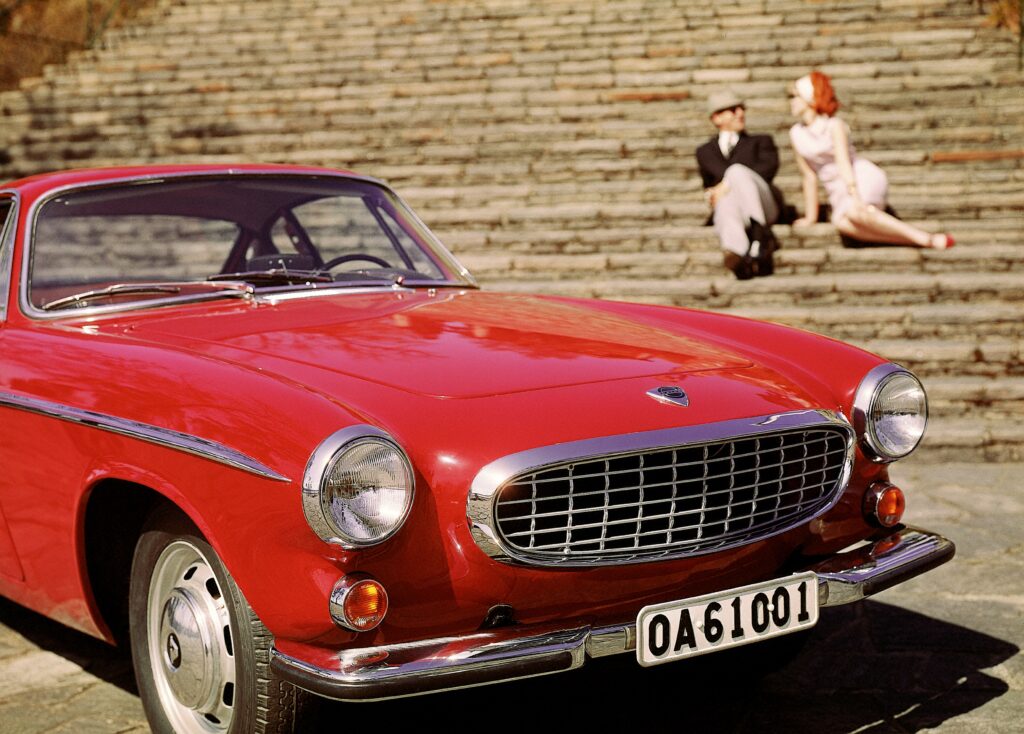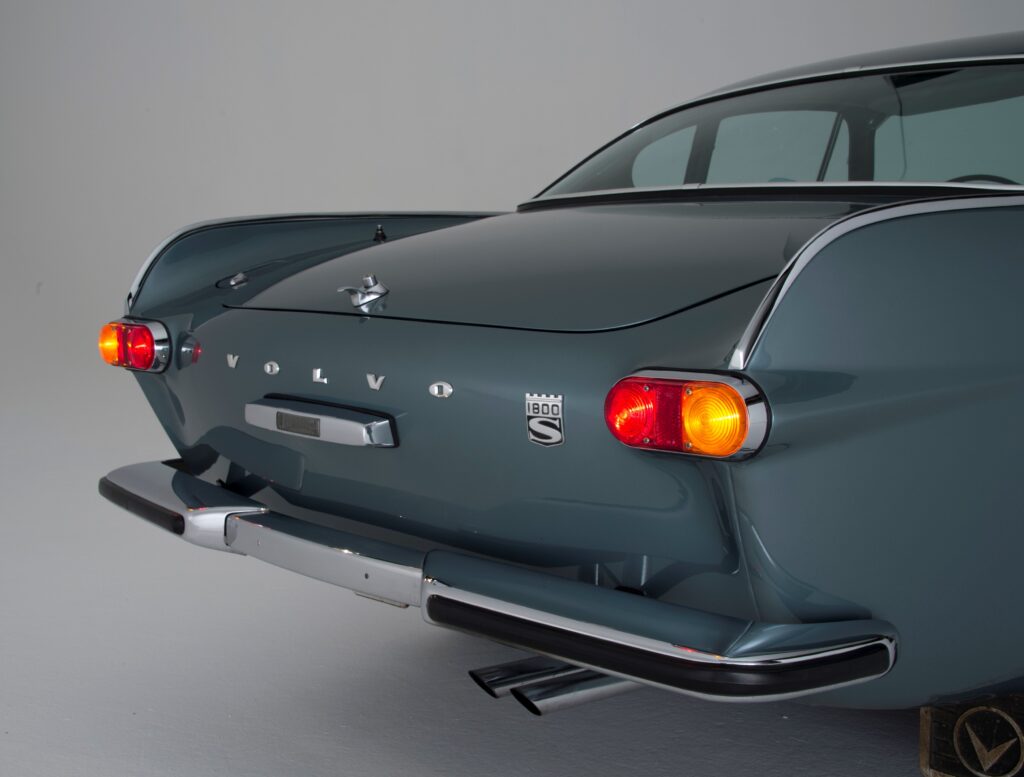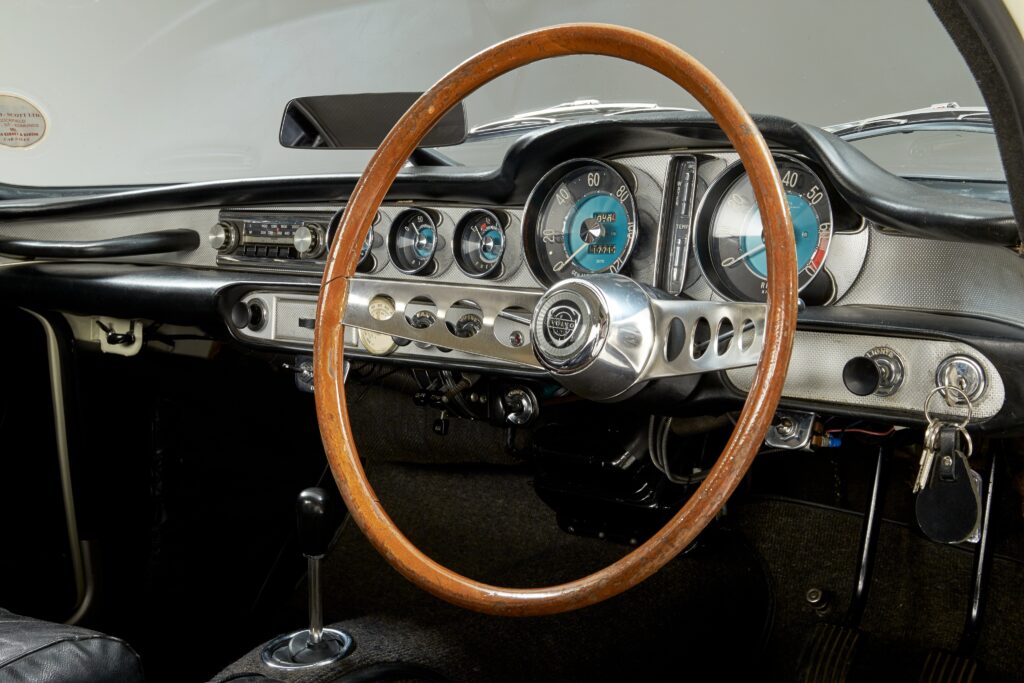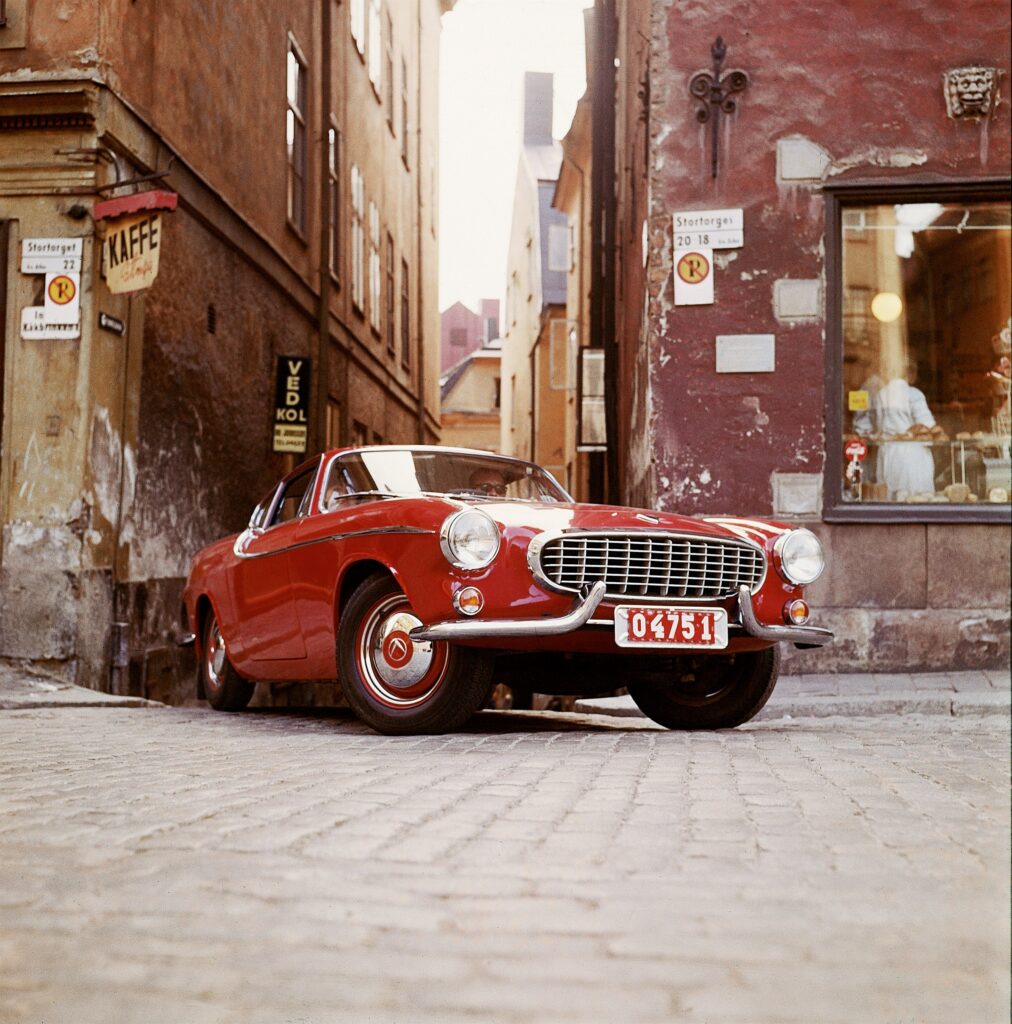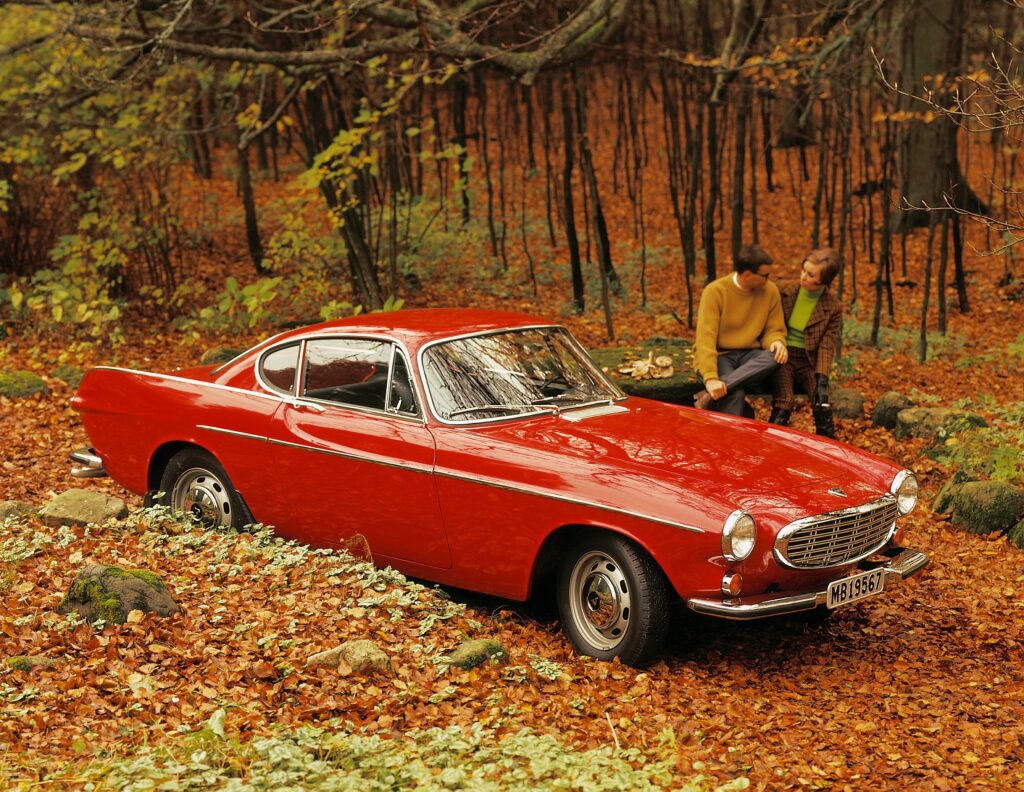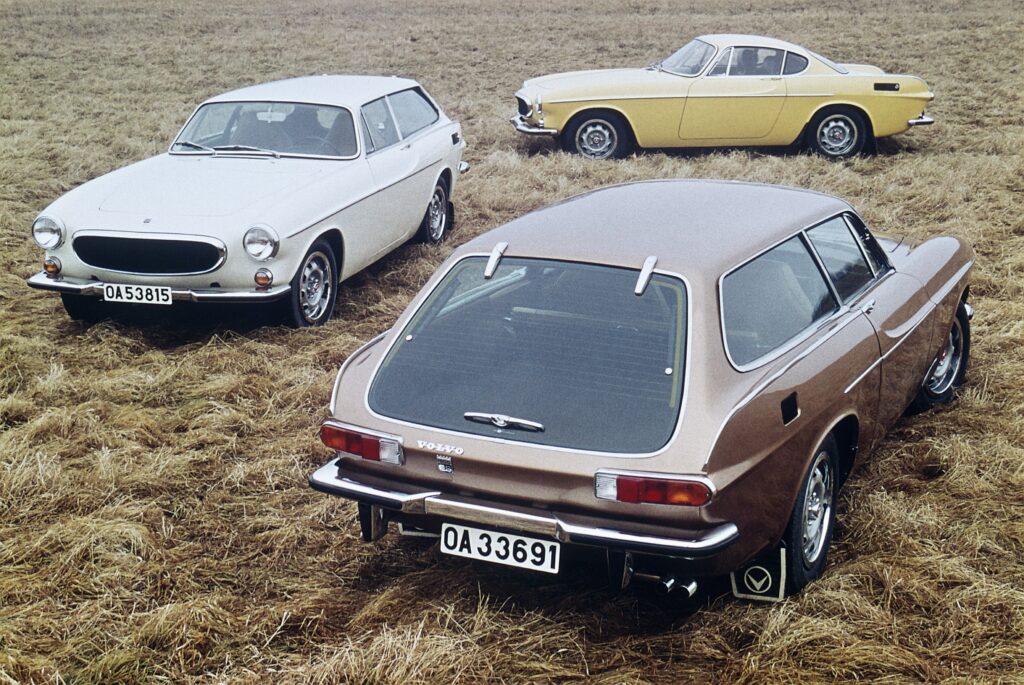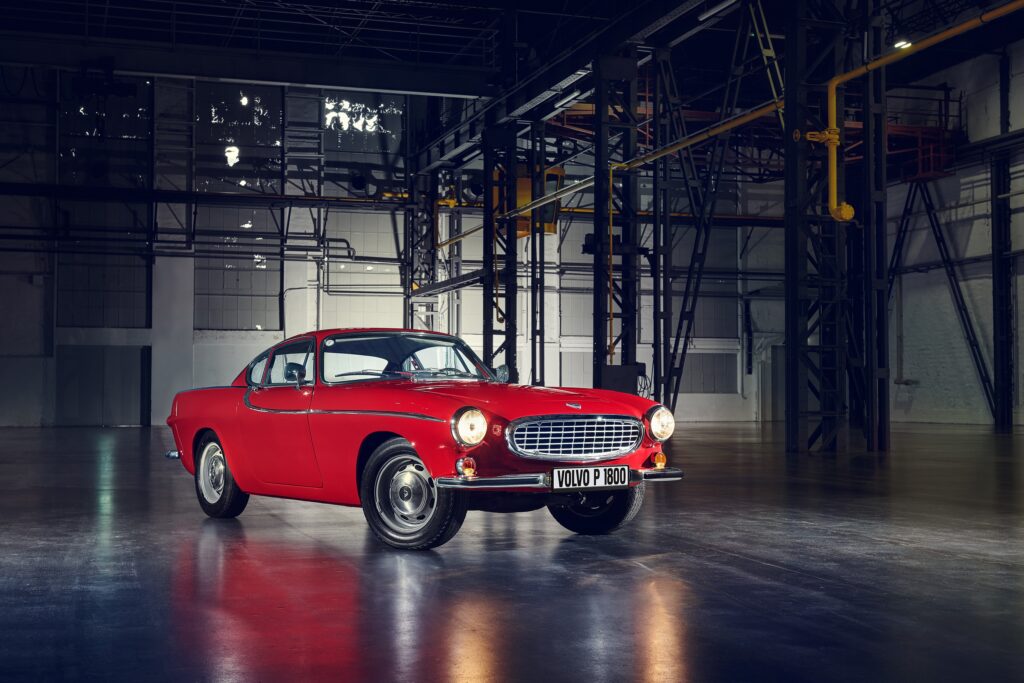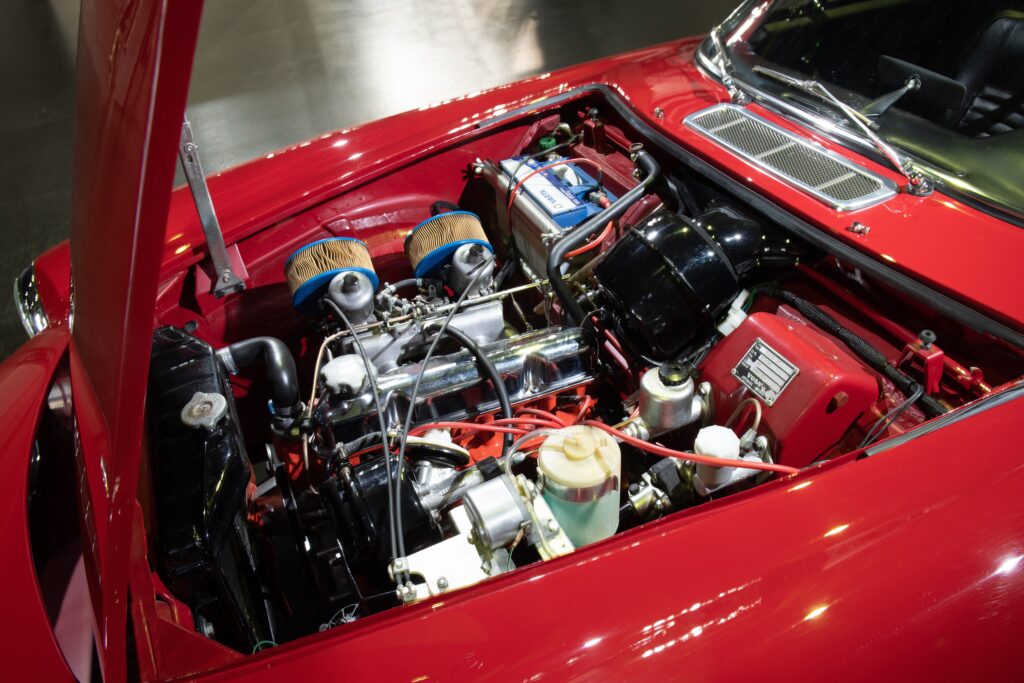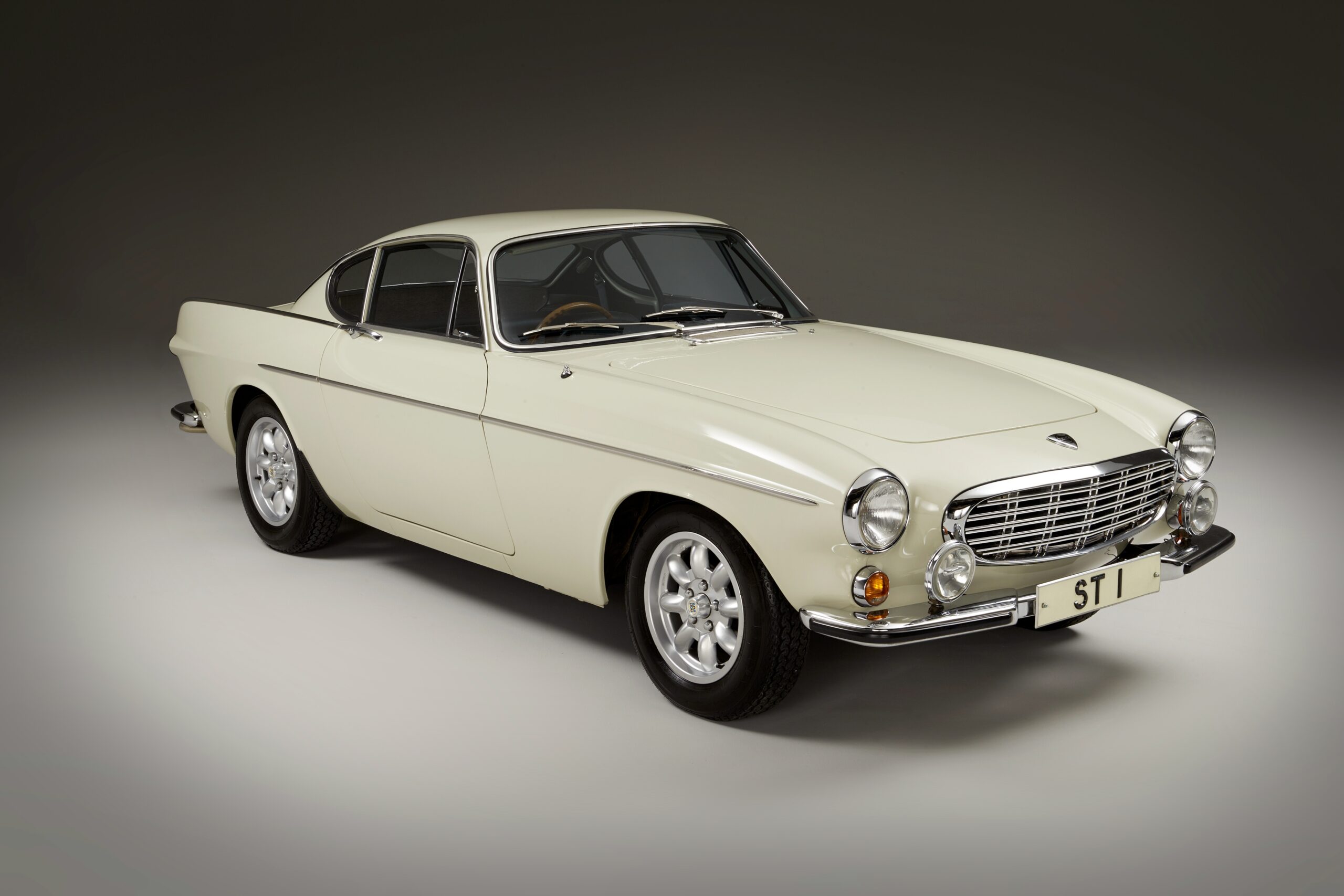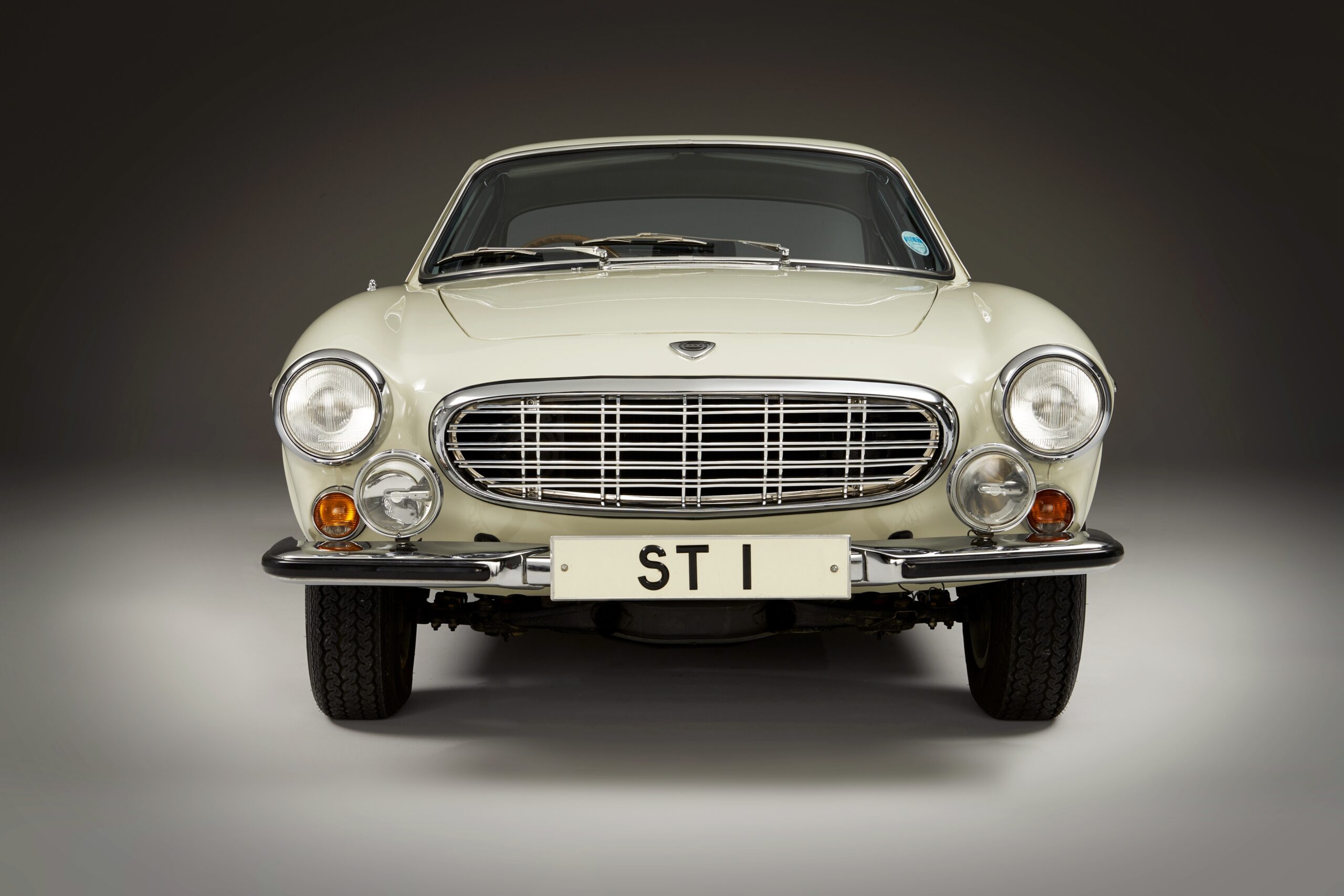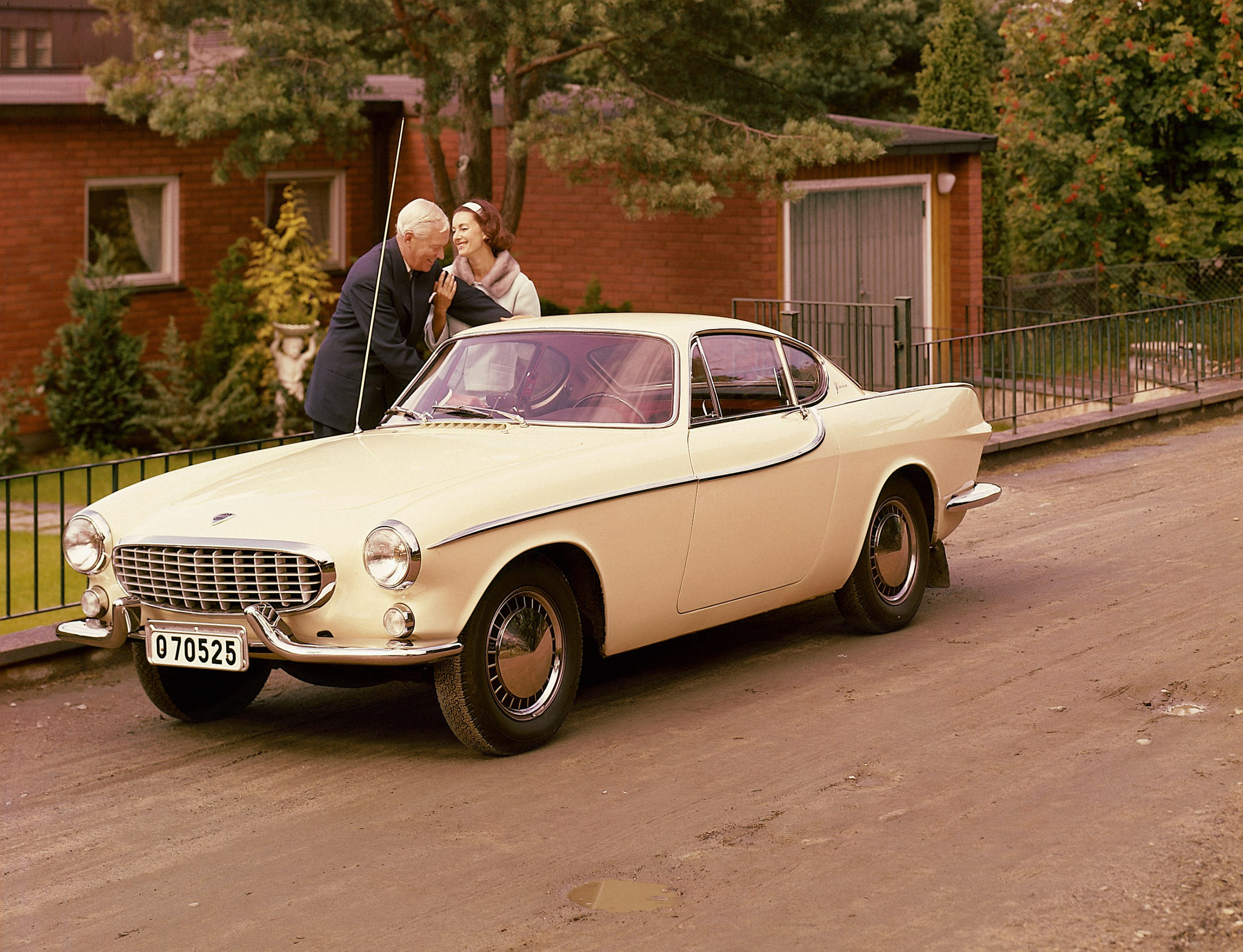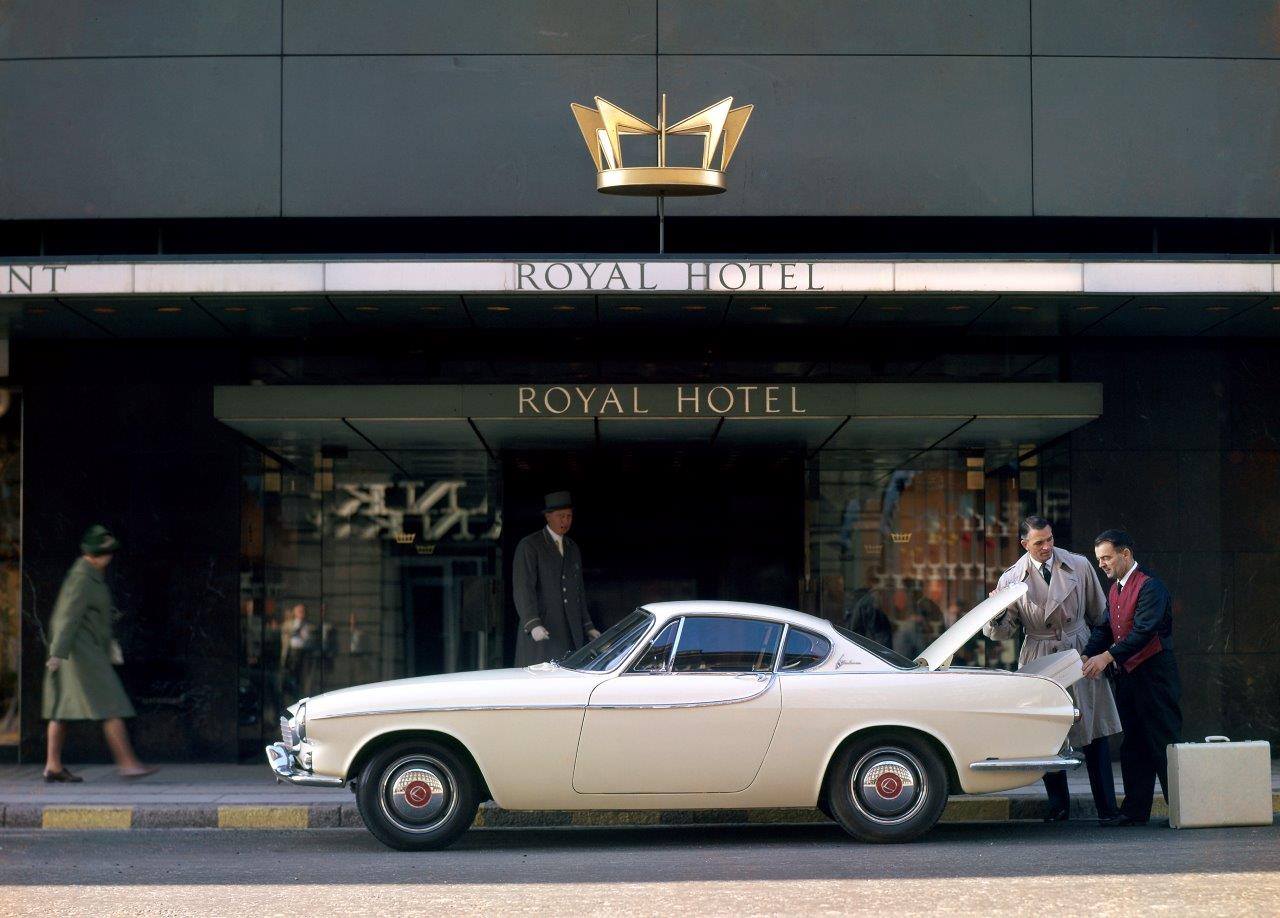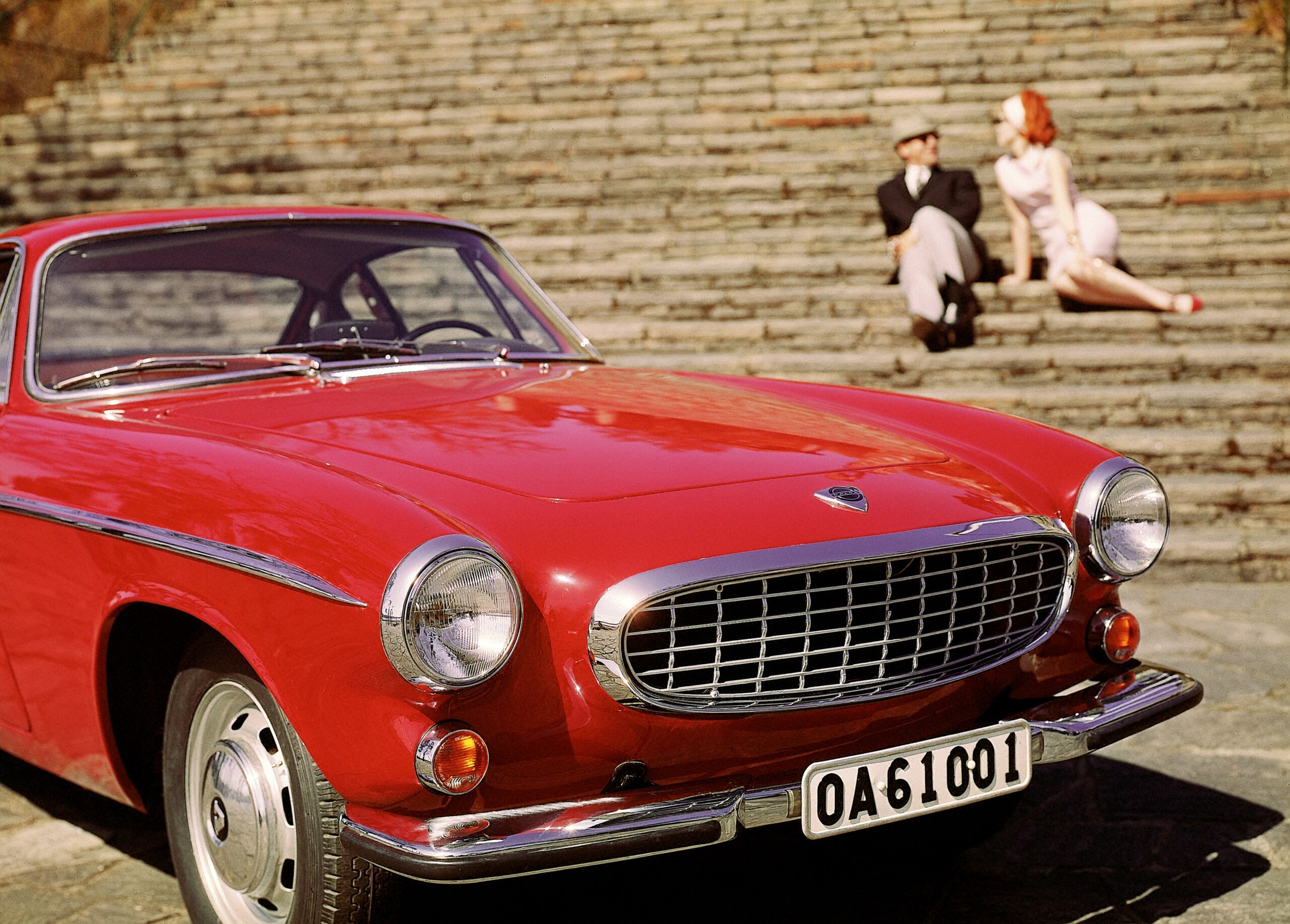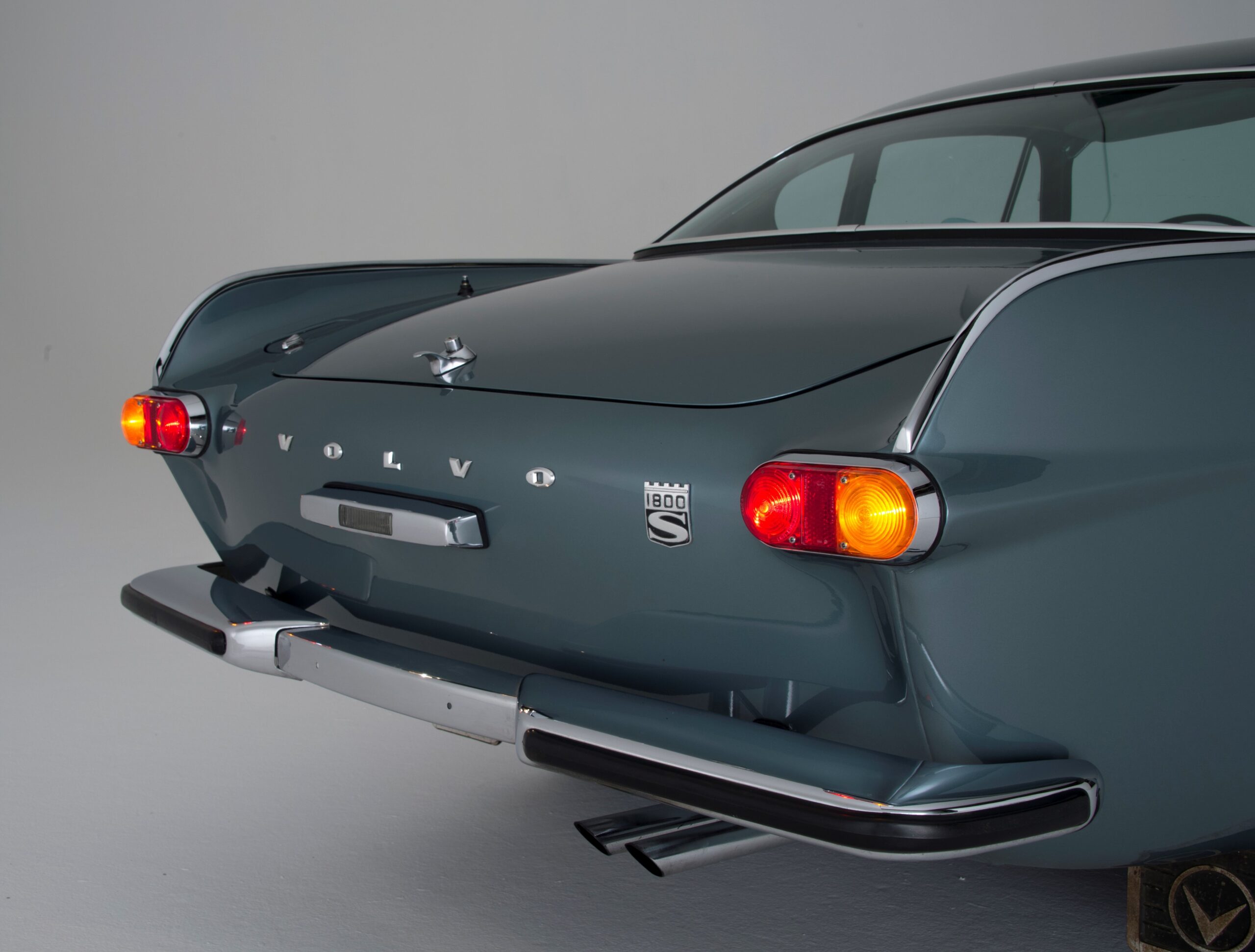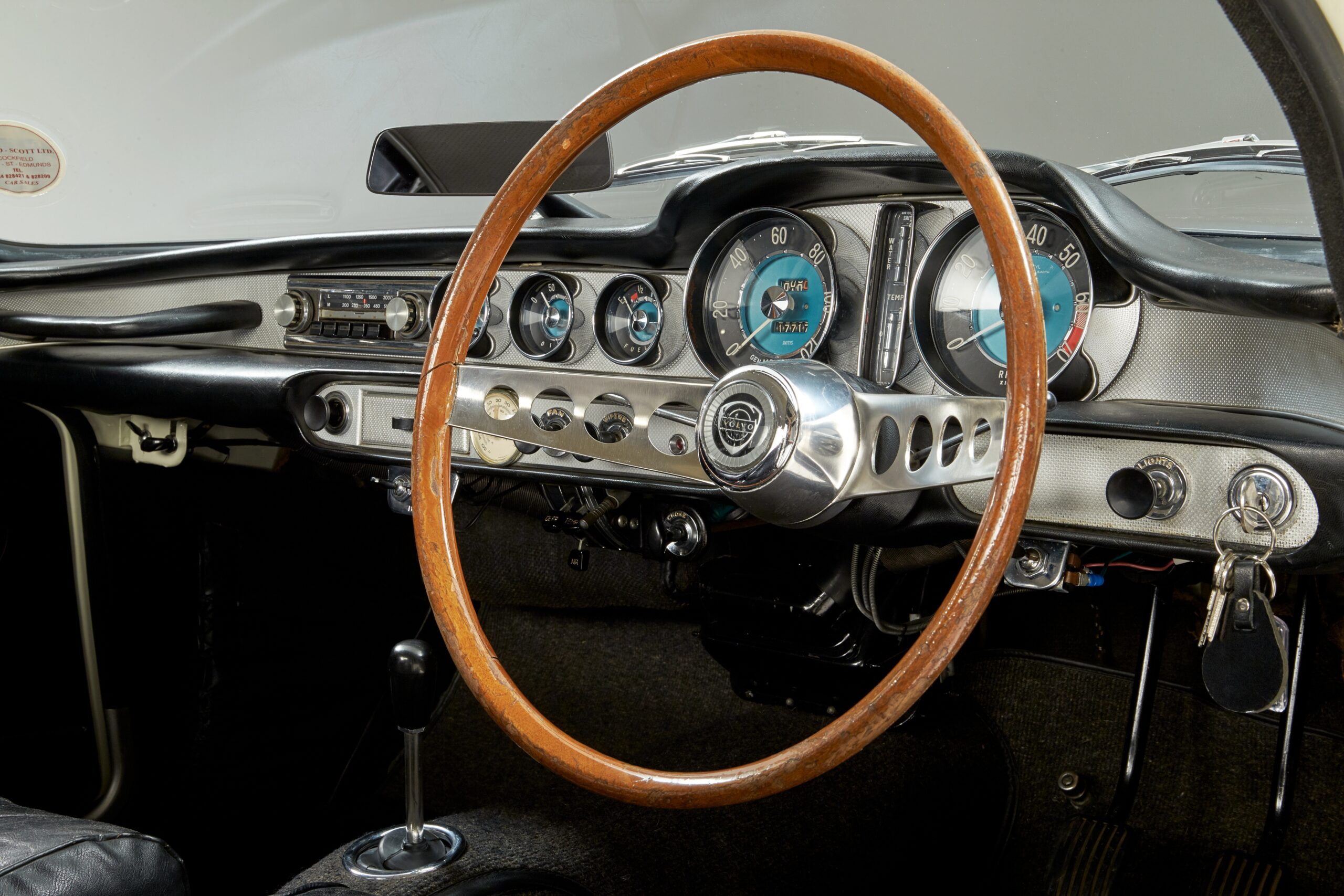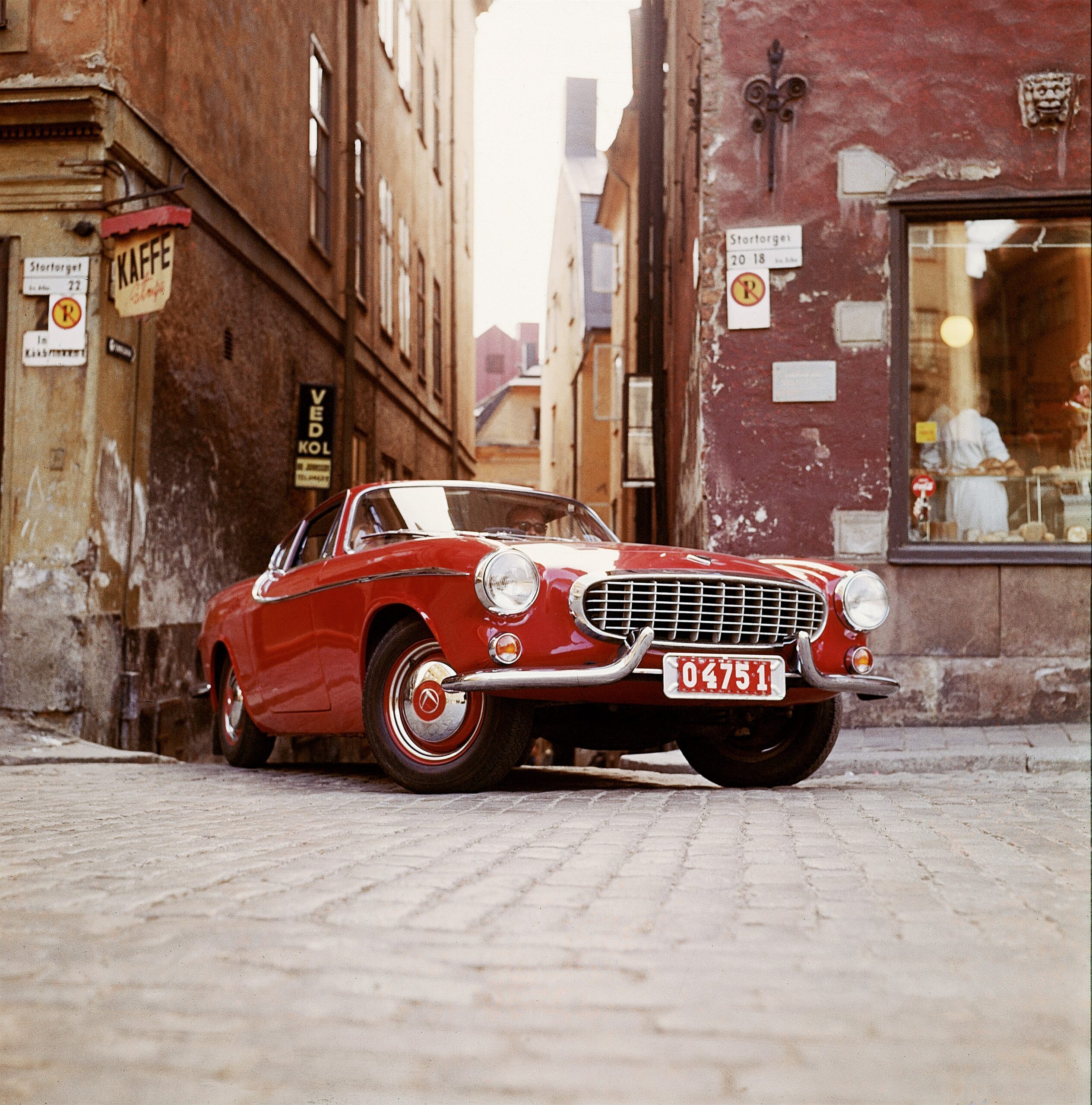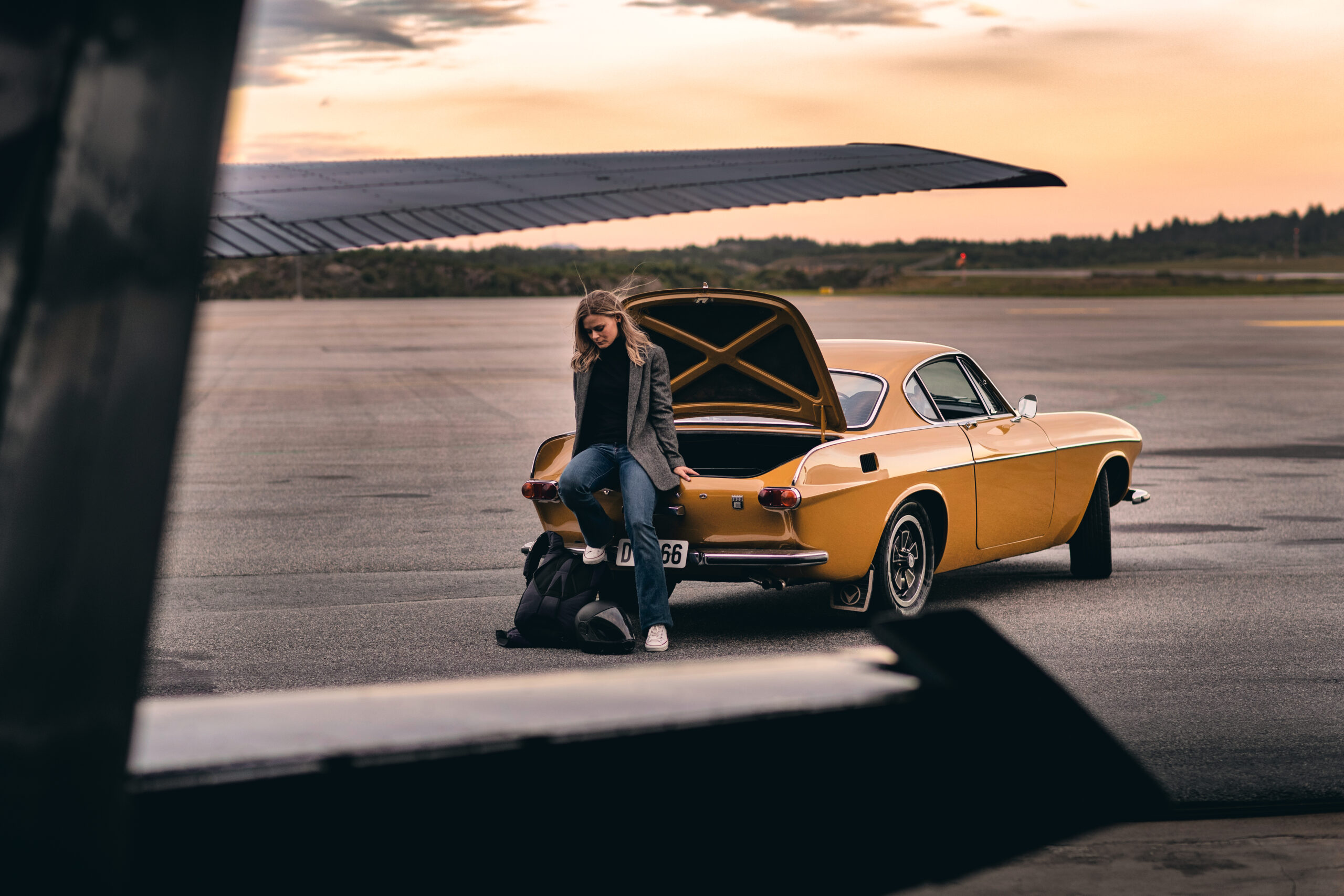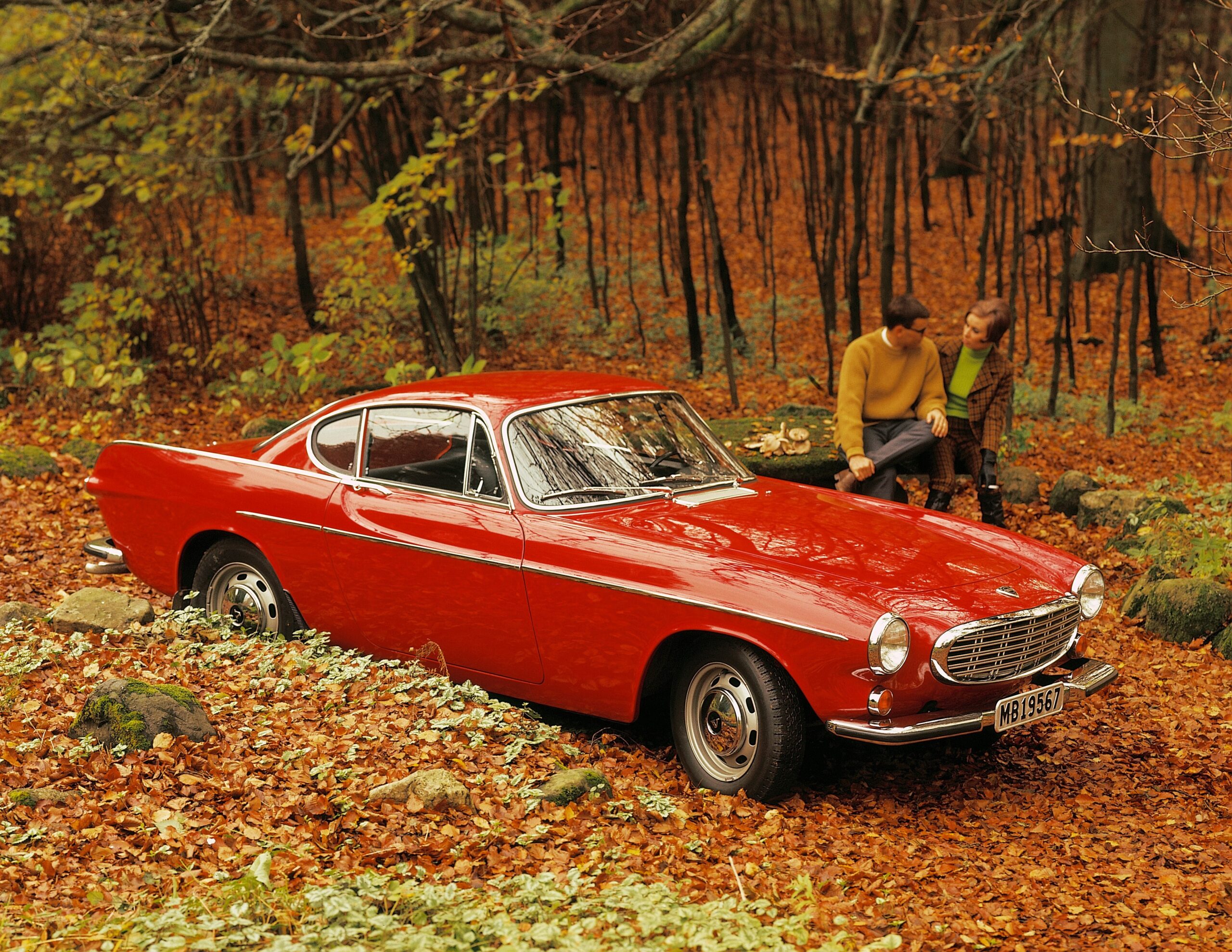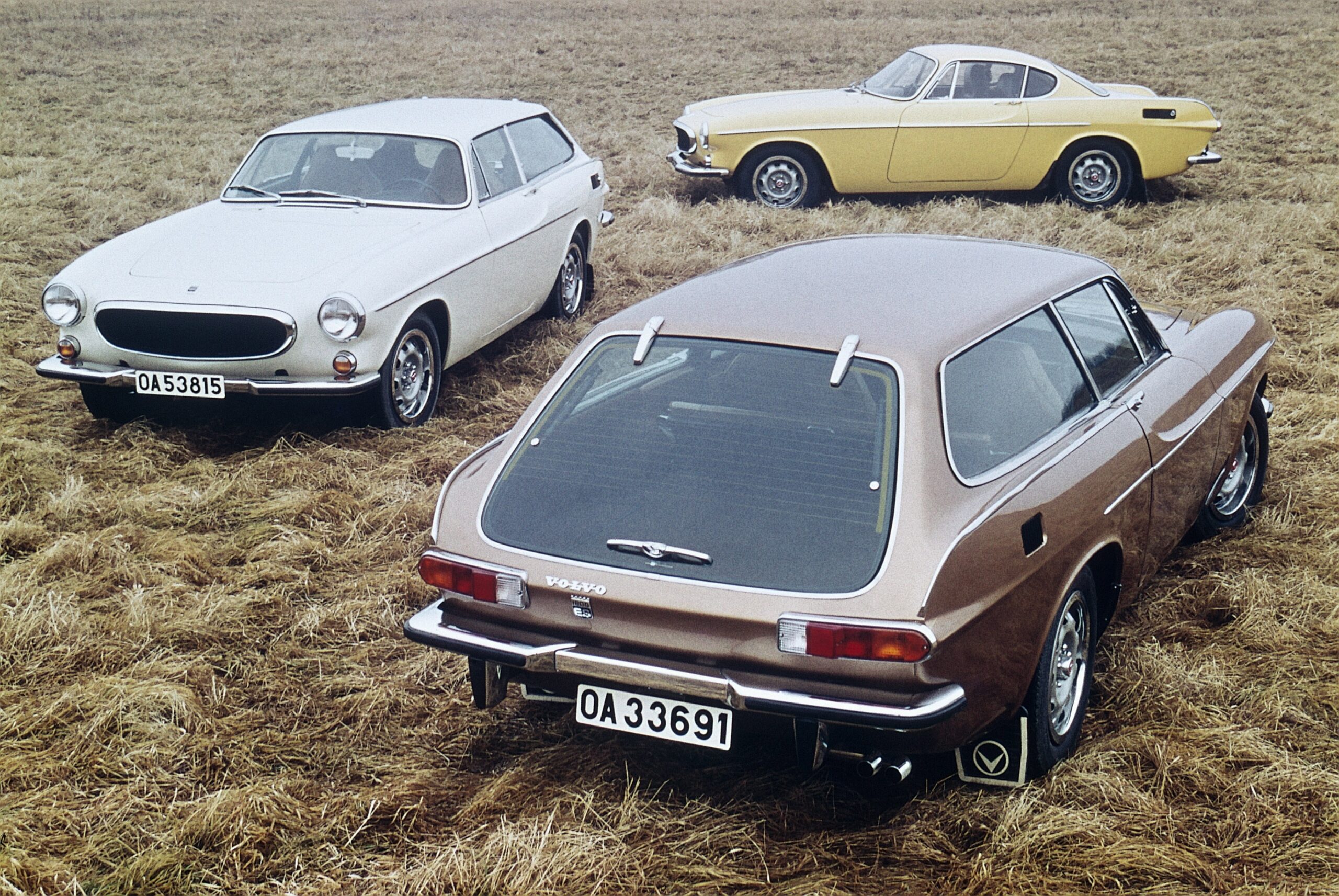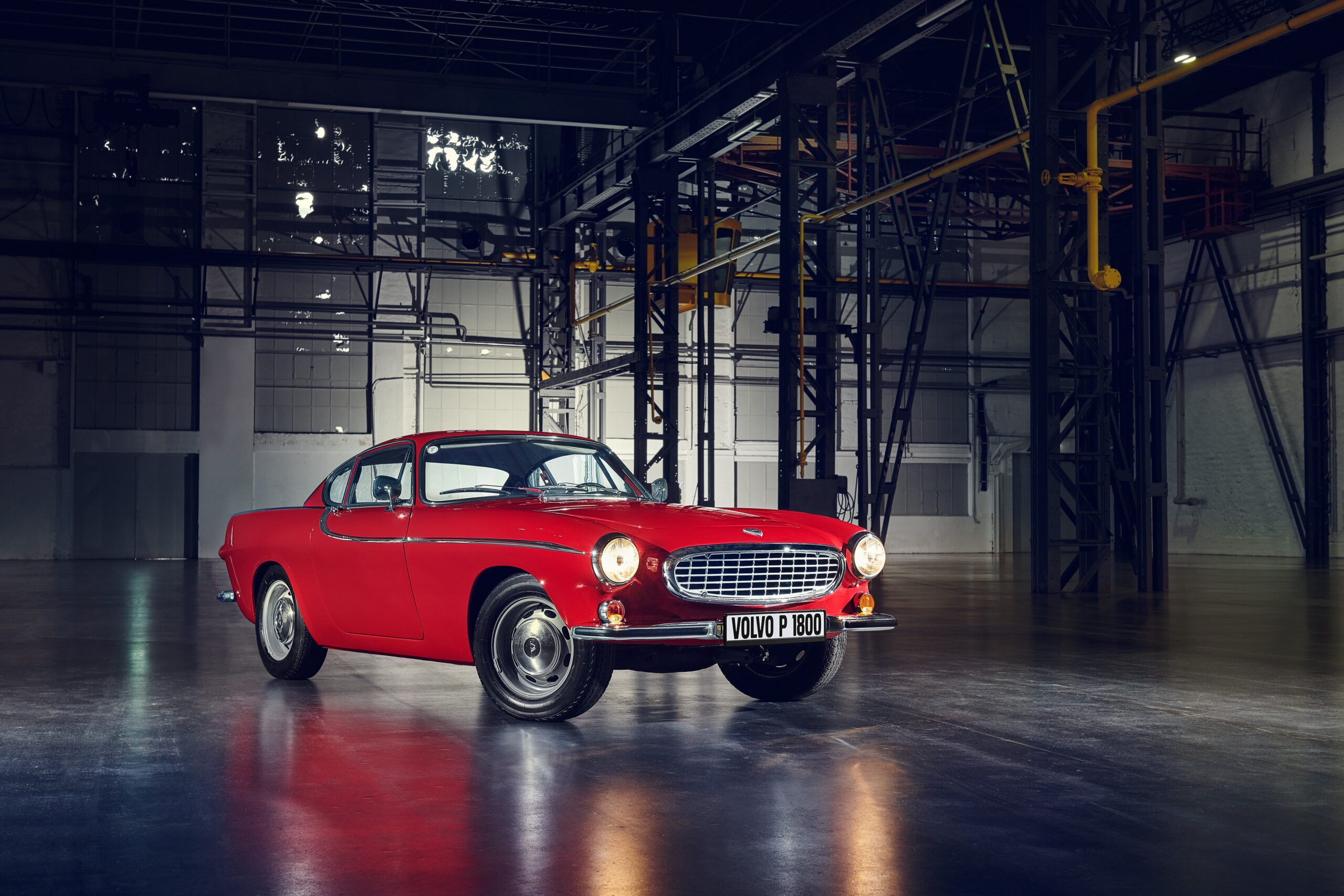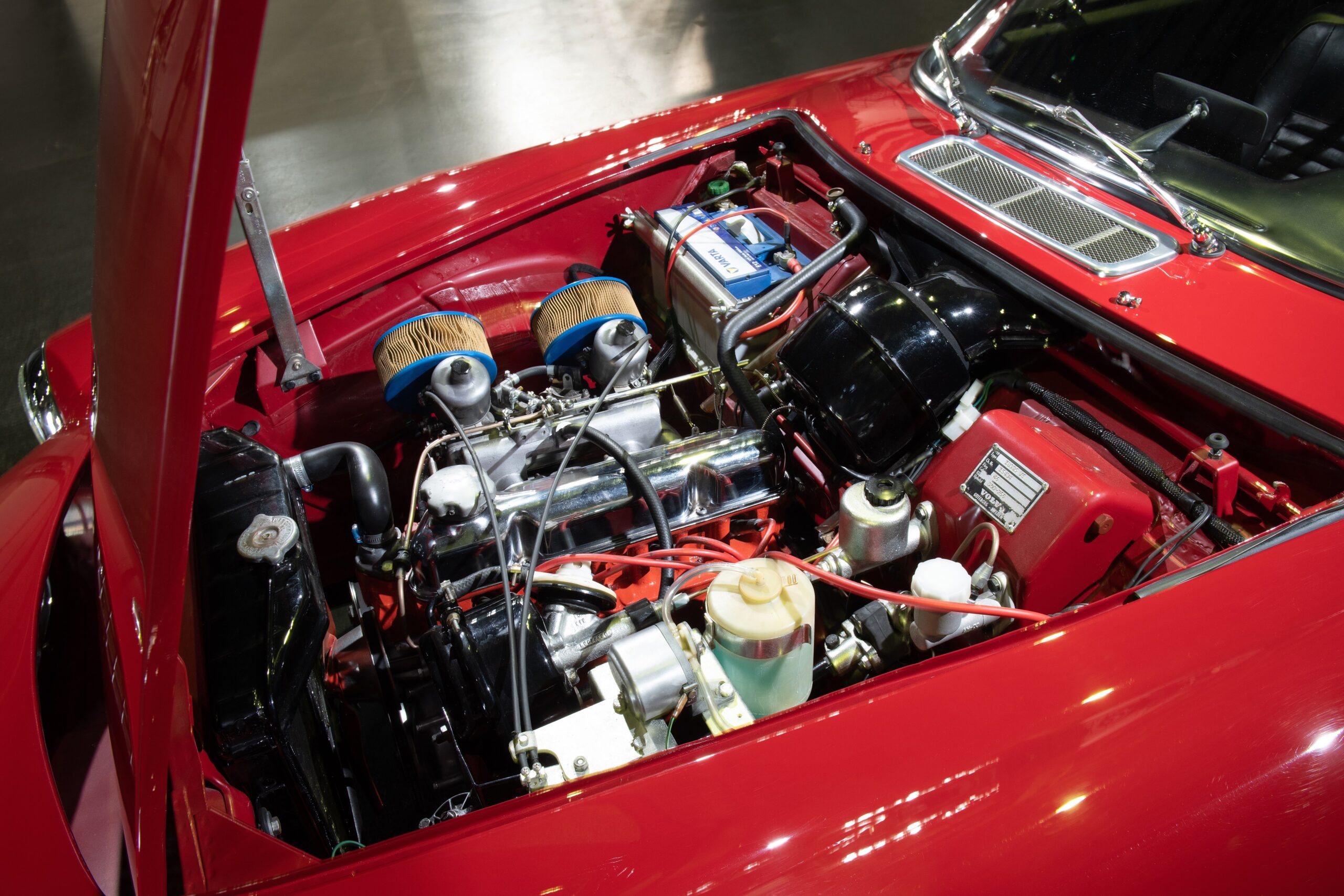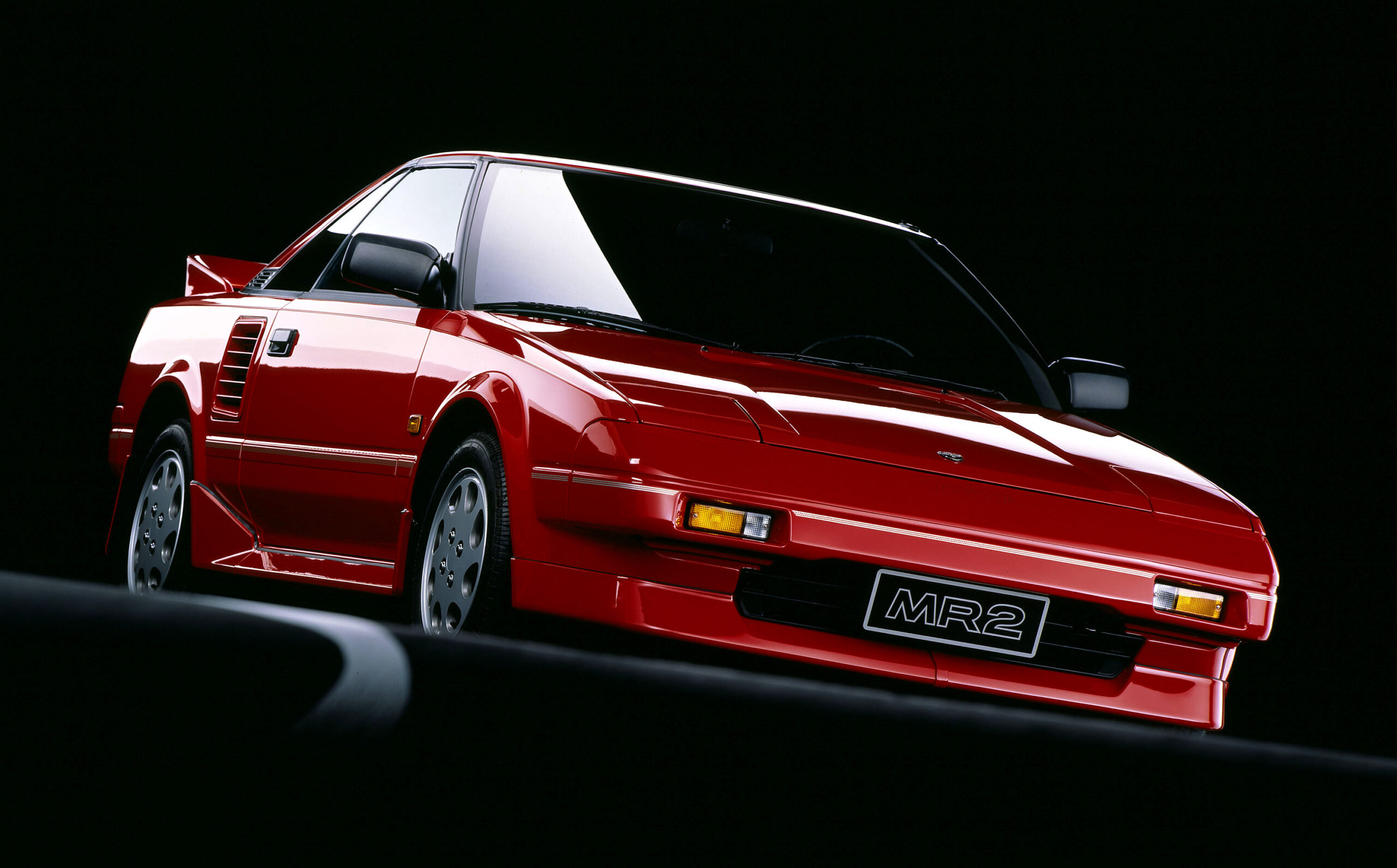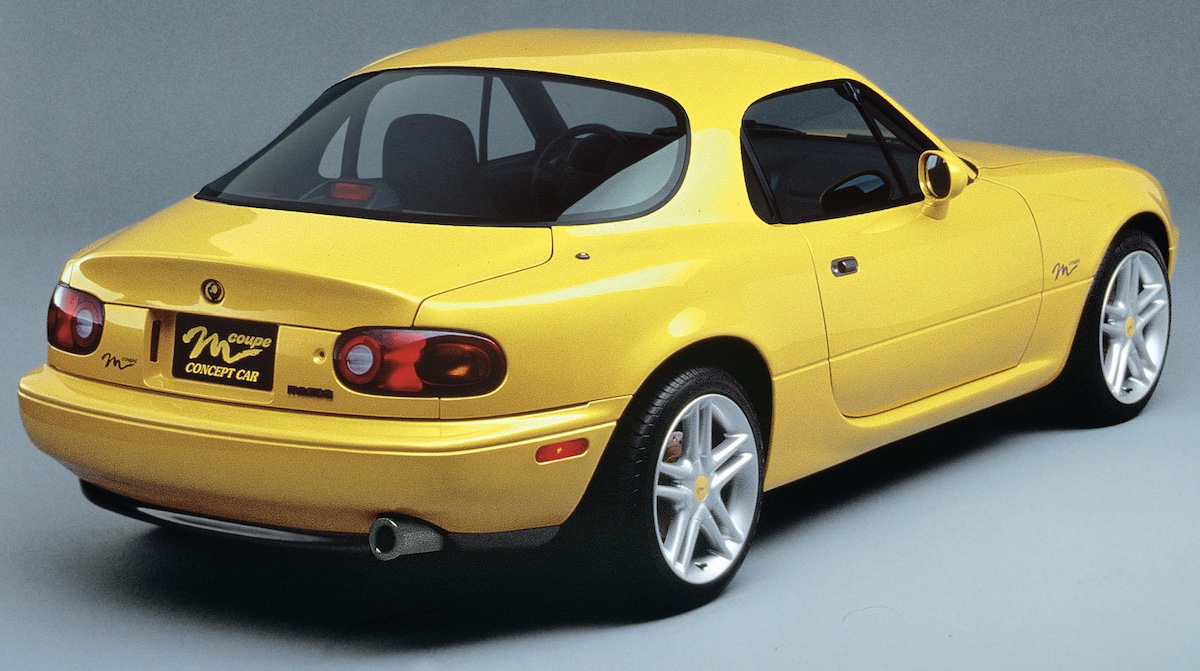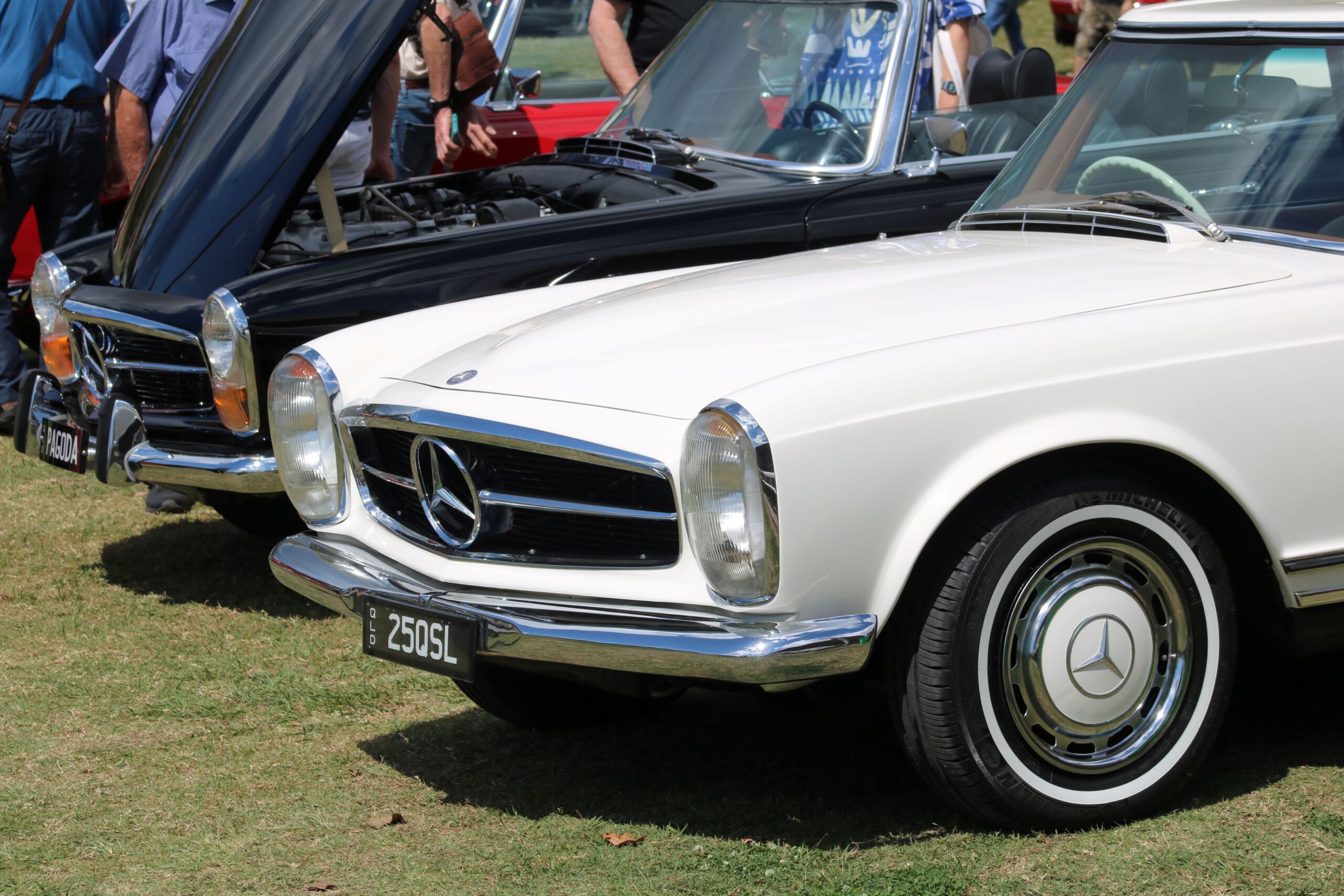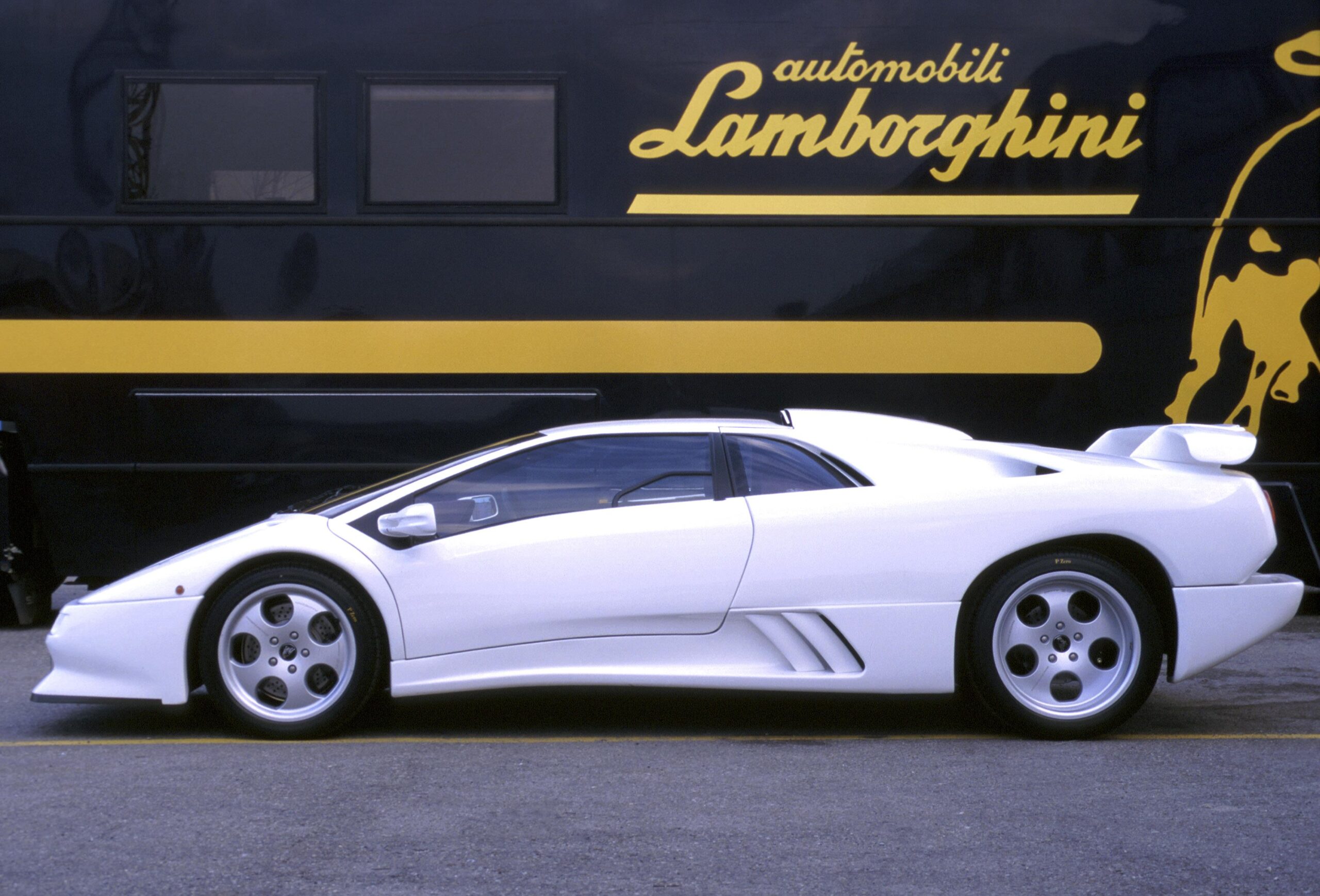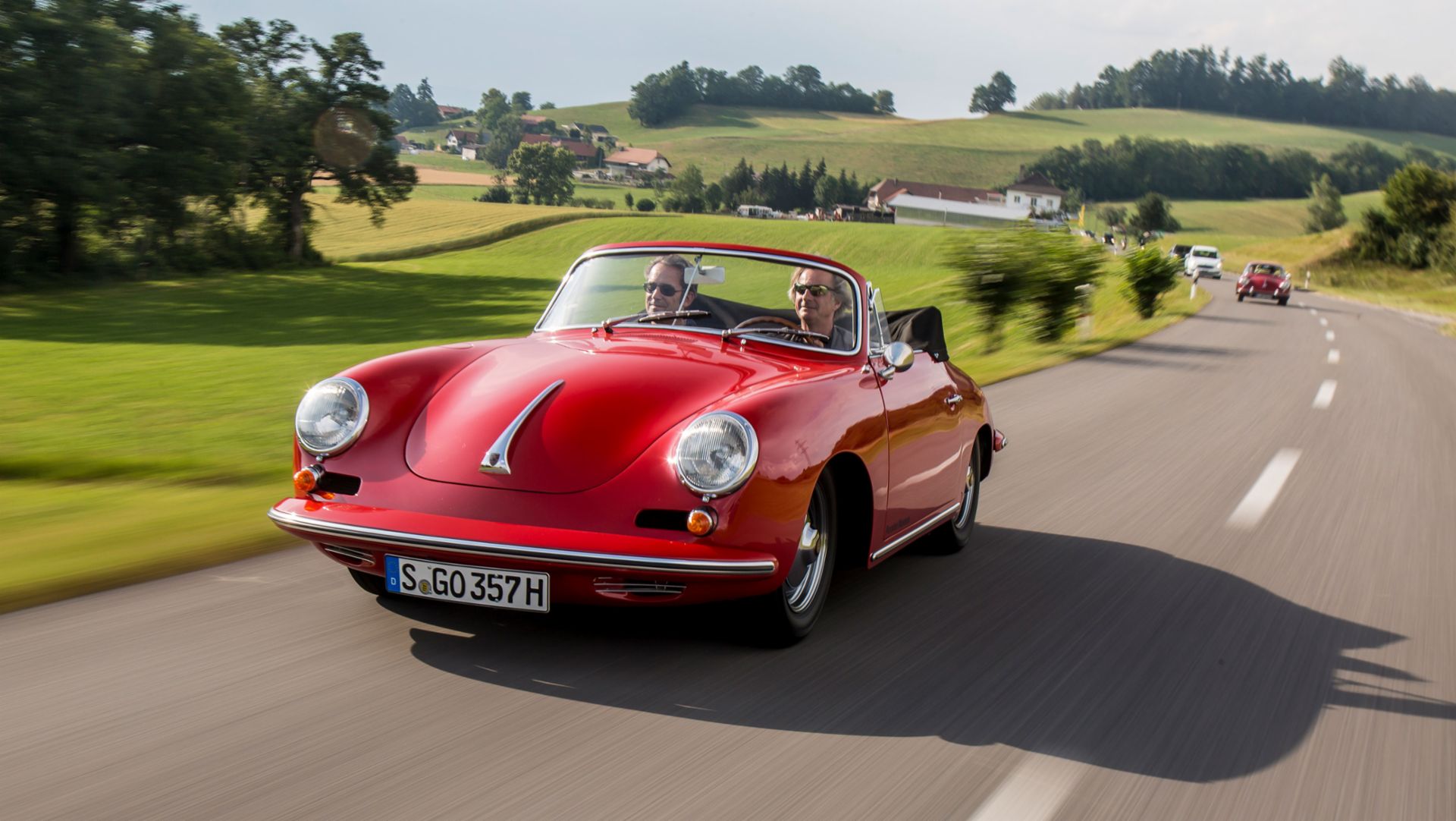Part svelte supermodel, part stoic Swede, Volvo’s first coupe featured a beautifully flowing 2+2-seater coupe body over robust mechanicals from the Swedish car maker’s sturdy 120-series sedan.
Volvo built its first car in 1927 and within 30 years had built a reputation for solid, reliable and fine-handling cars. The PV444 sedan of 1947 had taken the small Swedish brand into the motorsport headlines, and into the world’s biggest car market, the USA.
Volvo co-founder and long serving CEO Assar Gabrielsson’s sighting of the first Chevrolet Corvette while on a 1953 trip to the US prompted Volvo to develop a fibreglass-bodied roadster, the P1900. Launched in 1956, it tanked and was immediately axed in April 1957 by incoming CEO, Gunnar Engellau, after just 67 cars had been built.
But the seed had been sown for Helmer Petterson, an influential, US-trained engineer who consulted for Volvo on the successful PV444 and had advised against the P1900. His son Pelle, then a 25-year-old trainee designer at prominent Italian coachbuilder and car design operation Frua, penned a beautifully flowing, finned 2+2-seater coupe. Frua submitted this and other designs to Engellau in December 1957.
The Volvo CEO reportedly gushed over the “Italian design”, unaware that a Swede had sketched it. In late-1957, encouraged by Petterson Snr, he commissioned Frua to build three running prototypes using the running gear from Volvo’s imminent 120-series.
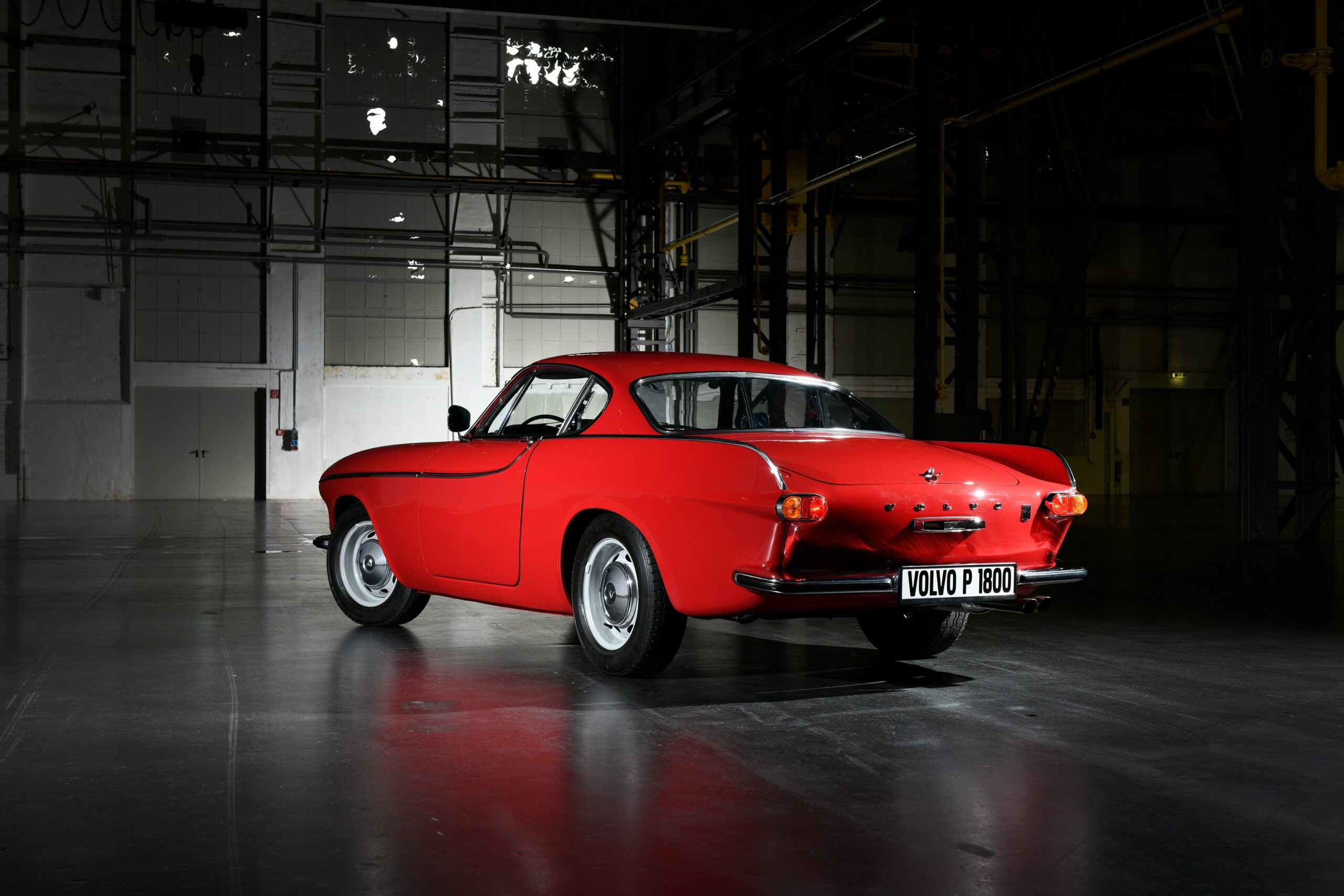
As a side note, Pelle Petterson, the car’s designer, would go on to become a celebrated racing yacht designer, multiple Olympic medal-winning yachtsman and purveyor of luxury athletic wear.
Since the earlier P1900 experiment had quashed any enthusiasm for using fibreglass, it was decided the new coupe would have a steel body.
The project was production ready by 1958, but manufacturing it became an undercover, international affair. Lacking production capacity, Volvo sought an external supplier and found none willing or able to build it. Early candidate Karmann was keen but wisely surrendered to VW’s threat to terminate its flourishing Karmann Ghia contract.
The P1800 was effectively shelved for 18 months, but growing awareness of the car forced Volvo to make it public. In early-1960 Volvo signed UK sports car maker Jensen to build 10,000 units.
The P1800 was well received, with no small thanks to the leg-up it received in 1962 when Volvo gleefully provided a car for the new UK television series, The Saint. Real-life performance was almost a match for British roadsters, but in considerably greater comfort and durability. Road testers noted that pursuing the P1800’s 195km/h top speed, achievable via the electric overdrive on fourth, highlighted less than ideal aerodynamics.
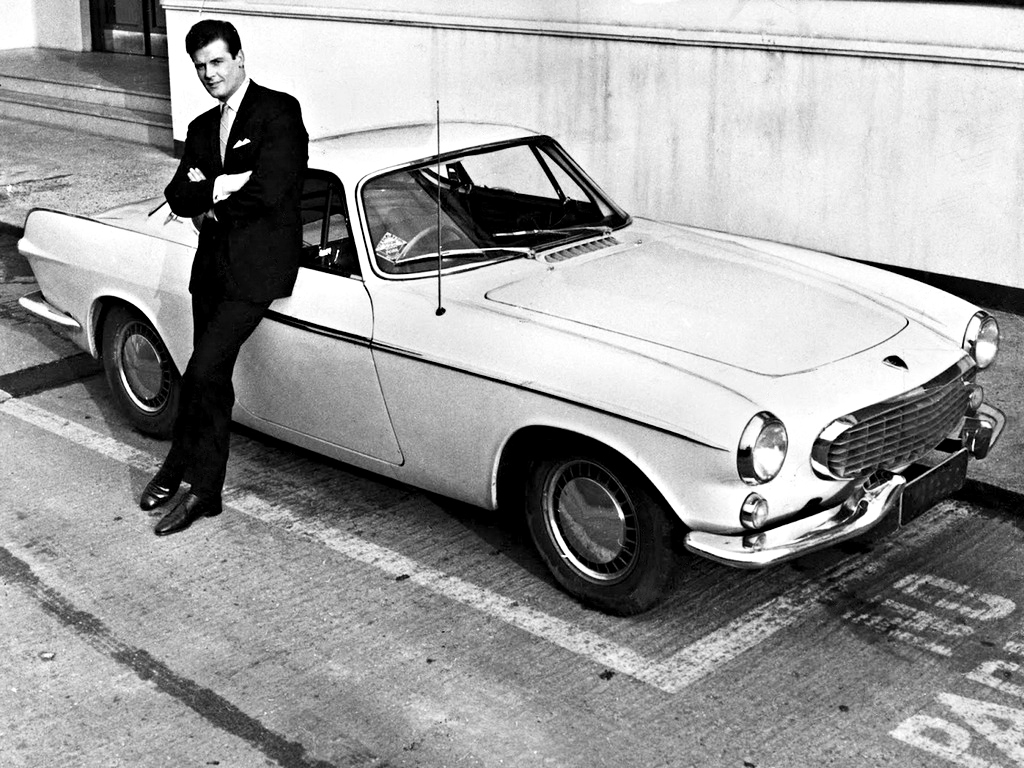
Volvo’s first coupe was part svelte supermodel, part stoic Swede. Underpinnings came from the 120-series sedan, including the sturdy, semi-elliptic rear end, on a wheelbase shortened by 150mm. The disc front/drum rear brake system (rear discs came much later) used Volvo’s novel “triangular split” hydraulics as a fail-safe.
Seatbelts, laminated windscreen and padded cockpit all underlined Volvo’s safety reputation.
Jensen built only 6000 cars from May 1961 to April 1963, when British (i.e. sh*te) build quality prompted Volvo to take production in-house in Sweden. Strictly speaking, at this point the ‘P’ was dropped and the car became the 1800S. However, the P most commonly persists.
The car would be characterised, throughout its life, by constant small cosmetic and mechanical changes during production.
The P1800 had introduced Volvo’s new, 1778cc ‘B18’ four-cylinder OHV engine. It made a commendable 75kW in twin-SU carb guise, with a higher compression ratio in 1965 raising that to 86kW. Carburetted 2.0-litre B20s came along for 1968-’69 only, before a fuel-injected, 97kW B20E arrived for the 1800E coupe and ES wagon. All were four-speed manuals, with electrically actuated overdrive on top gear.
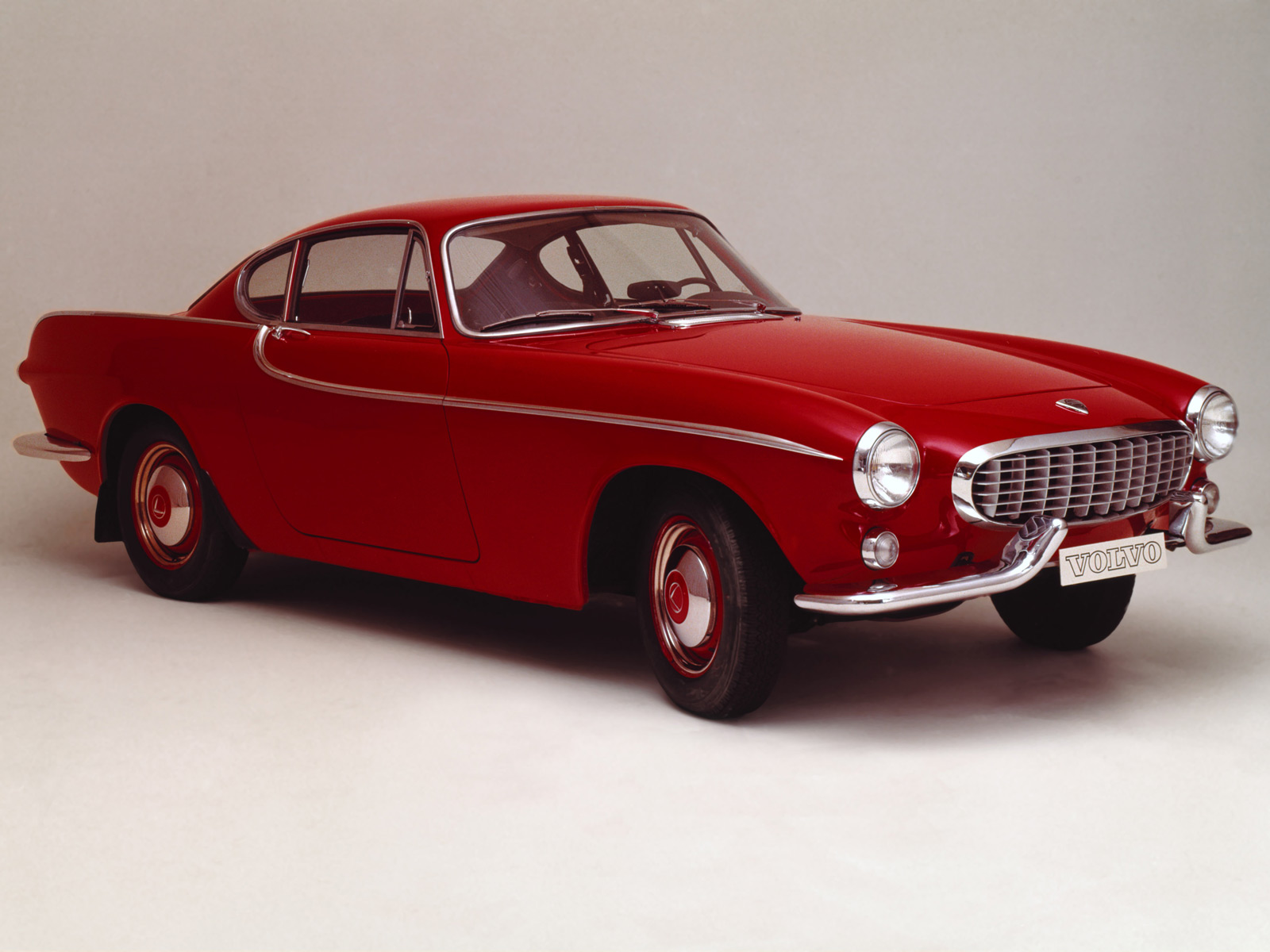
The coupe’s snug interior featured strong, chromed castings, leather upholstery, aluminium dash trim and sporty instruments, including a tacho. Comfy front buckets had three-point seatbelts and, despite lacking headrests, were claimed to reduce injury in rear-enders. Rear seats coped with two small kids or could be folded flat to take extra luggage.
In 1972 came the timelessly elegant 1800ES, a three-door sports wagon that would see out production of the P-series in June, 1973. The 1800ES was styled by Jan Wilsgaard, who had designed every Volvo from 1950 to 1990 – except the P1900 and P1800.
Ultimately, just 47,492 1800-series cars were built in 12 years; almost exactly half of them 1800S coupes, and only 8,078 ES wagons.
A Volvo 1800S is, to this day, the unexpected holder of the world’s greatest mileage in a single-owner car. New York schoolteacher Irv Gordon had clocked 3,260,257 miles (5,246,875km) in his red 1966 1800S by the time of his death, at age 78, in 2018.
No wonder they’re sainted.

